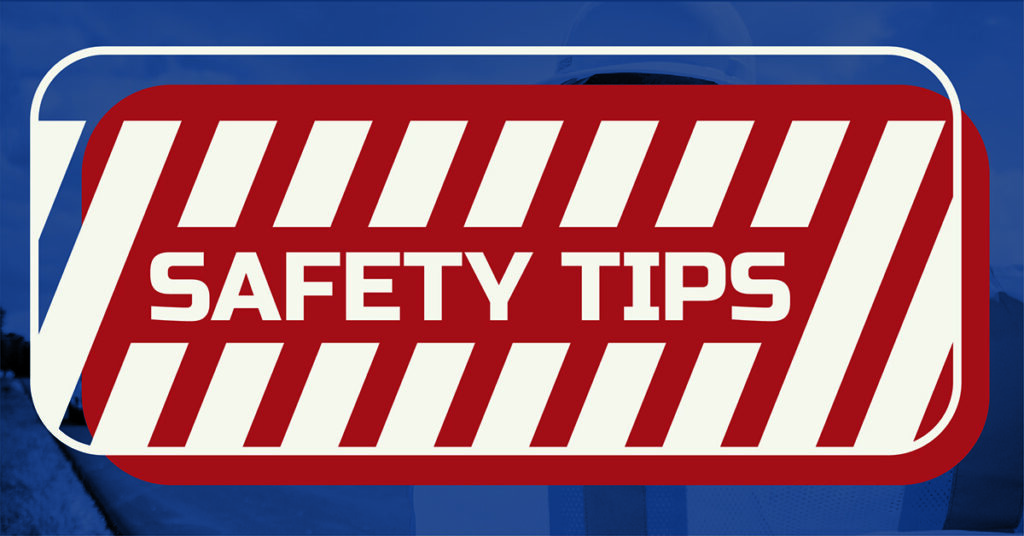
At our companies, safety is what guides us every step of the way, whether on a job site, plant or anywhere our work takes us. But what sets us apart is that we don’t forget about safety at the end of the workday; we take it home with us. There are many safety precautions we observe in our line of work that have relevance to daily life, and we’re sharing them here on our blog.
It’s National Ladder Safety Month and we’re sharing tips and tricks that can help keep you safe at work or at home. No matter the reason for use, ladder safety begins with ensuring a ladder is stable and sturdy. Here are some guidelines to consider when inspecting a ladder:
– Check the ladder for any broken or missing rungs or steps
– Make sure there aren’t any broken or split side rails
– Look for corrosion, a tight fit between steps and side rails, and rungs that are free of grease or oil, and splinters or sharp points
– Refer to the manufacturer’s guide for any other inspection call-outs
– Once you’ve ensured your ladder is safe to use, keep in mind the following tips to avoid slips and falls:
– Pick a ladder with adequate length and load limits
– Do not use metal ladders near electrical lines
– Don’t tie ladders together to make them longer
– Set the ladder on a firm, solid surface
– Hoist tools and materials up after you have reached the working height. Wear tool belts to help manage hand tools.
– Work within the side rails. If your belt buckle goes outside of the side rails, you are reaching too far. Reposition the ladder.
– Extension ladder must be set to a 4 to 1 ratio. For every 4 feet in height ladder should be set back 1 foot. (Example: using a 20ft extension ladder the base should be set back 5 feet)
– Step ladder shall never be used as a straight ladder
At Texas Materials Group, practicing ladder safety is especially important when it comes to entering and exiting large commercial trucks and vans. These pointers aren’t just useful for truckers and delivery drivers; they’re helpful for anyone who might drive or ride in commercial vehicles, fire apparatus or farm equipment. Due to inattention, speed, and rushing in an emergency, workers may slip and fall when they do not use equipment/vehicle steps and handhold devices. Jumps and falls cause ergonomic strains and sprains, broken bones, and fatalities. Below are three key tips to minimize injuries when getting in and out of a vehicle:
– When you enter a motorized equip/vehicle, face it. Take hold of the grab bar and use it to help you climb up. If a grab bar is not available, grip the seat or other fixed object in the vehicle. Don’t grab the steering wheel unless it is “locked;” it can turn suddenly and throw you off balance. Don’t grab the door or handle because it can swing out and cause you to fall. If grab bars are missing or improperly placed, add one or move it to a safer location
– Jumping increases the force and strain on your bones and joints (mostly ankle, knee, and back). For example, in a cab-over-engine tractor, jumping from the top step can apply 7.1 times your body weight to your back and leg joints (1420 pounds of force for a 200- pound man). Jumping from a delivery step-van with a package in hand causes an impact of 3.5 times the body weight plus package weight. Add these impacts to frequent entries and exits and you are at risk for an ergonomic injury. Climbing down safely can save you pain and time in the long run
– It’s also important to wear shoes with sturdy, no-slip soles and a heel. Clean and maintain the vehicle steps; wet or oily “diamond plate” can be very slippery. Only climb on dedicated stepping areas; fuel tanks and fenders can be slippery. In hot and cold weather, wear gloves to help you grip hand railings
Hopefully you’ll find these tips useful the next time you need a ladder.